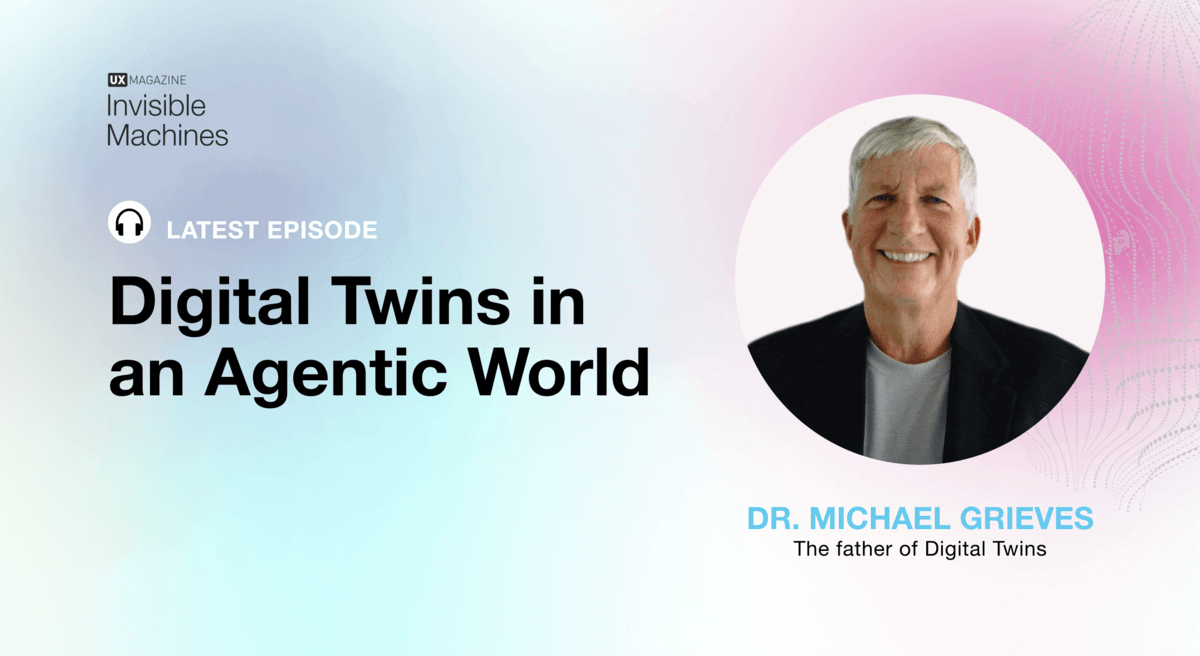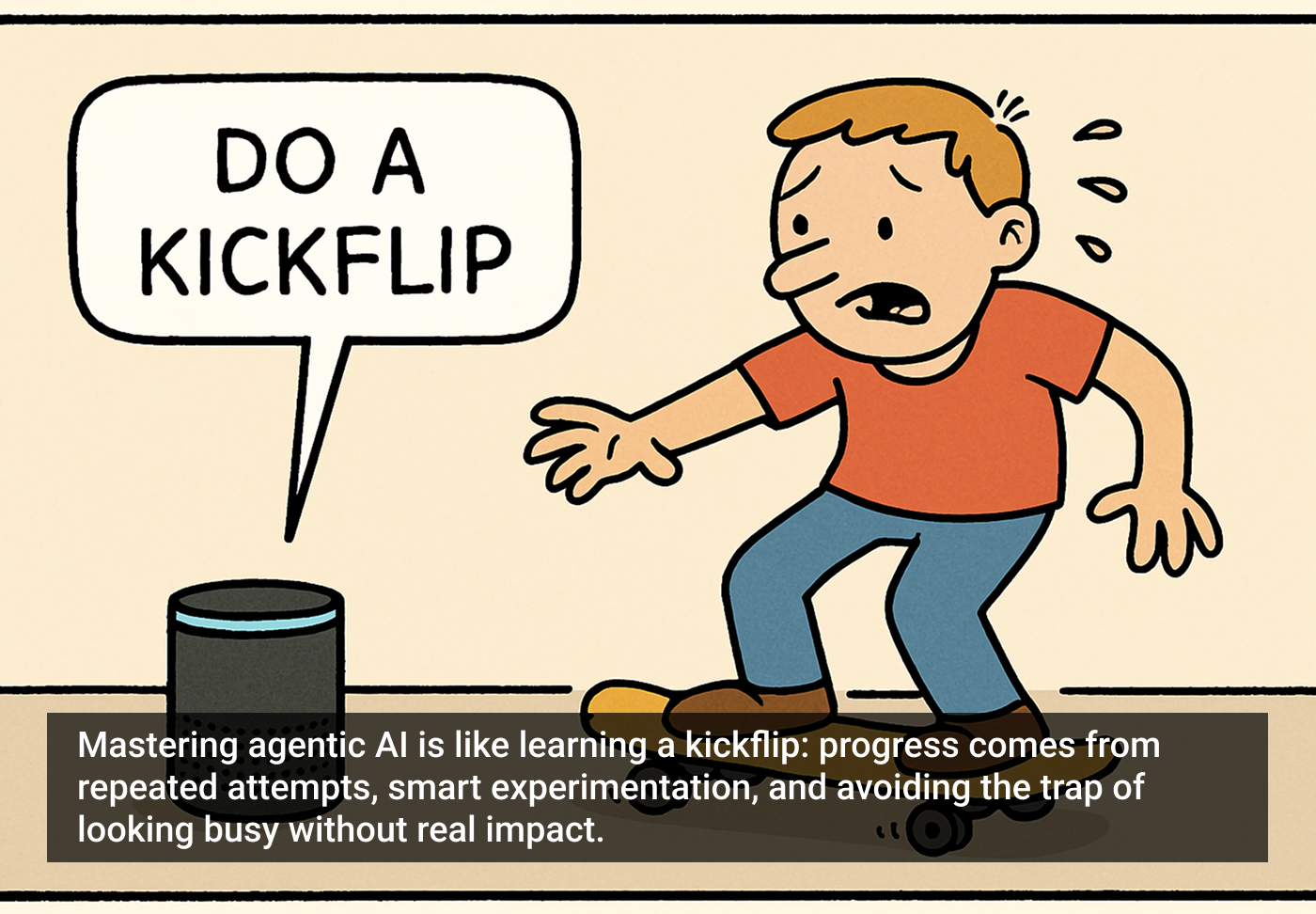Digital twins are critical to the orchestration of AI agents, providing the context they need to create meaningful experiences quickly and efficiently. Robb and Josh welcome Dr. Michael Grieves to the Invisible Machines podcast for a conversation about the origins of the concept, which he developed while working with NASA in the 1970s. The architecture required for orchestrating AI agents relies on different types of digital twins that might emerge within an organization, touching on physical elements, temporal data, and collections of unstructured data.
Dr. Grieves comes ready to explore these connections, drawing from his book Product Lifecycle Management as well as his experience with digital twins in manufacturing space, in the metaverse, and in simulations, as well as his numerous academic publications. The trio also discusses how something Michael calls “retirementitus” prevents organizations from embracing the sweeping technologies surrounding AI and digital twins.
Along with writing the seminal book Product Lifecycle Management and a seminal article on digital twins for The Economist, Dr. Grieves has consulted for top global organizations, including Boeing, Unilever, Newport News Shipbuilding, and General Motors. He has been a senior executive at both Fortune 1000 companies and entrepreneurial organizations and has served on the boards of public companies in the United States, China, and Japan. Dr. Grieves and Robb have both led projects with the Office of the Director of National Intelligence (ODNI) and have piloted a Boeing 787 simulator.








